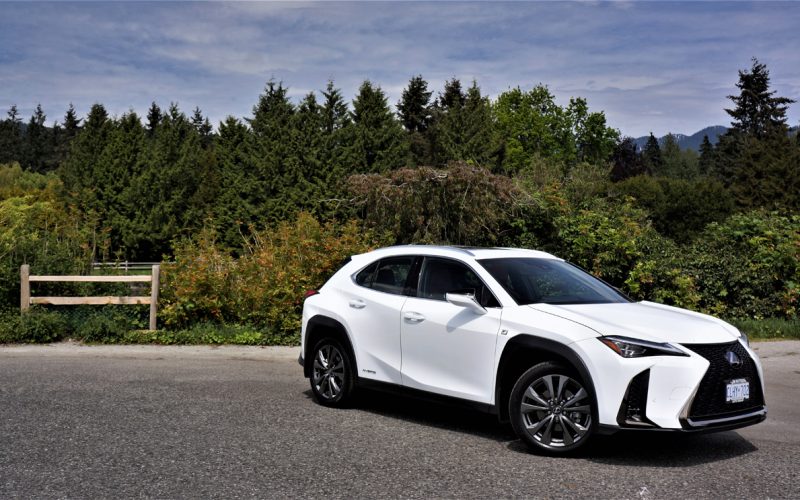
Reading Time: 14 minutesIn the automotive industry, especially the premium sector, there’s no set formula a brand can simply
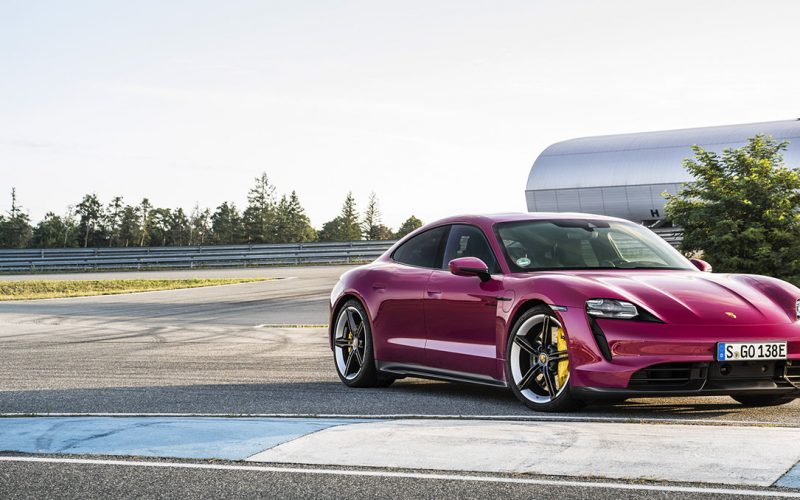
Reading Time: 3 minutesIt’s been a strong year for Porsche’s new Taycan so far, and the German performance brand
Reading Time: 17 minutesAbout a decade into my automotive journalism career, and a bit more than 10 years ago,
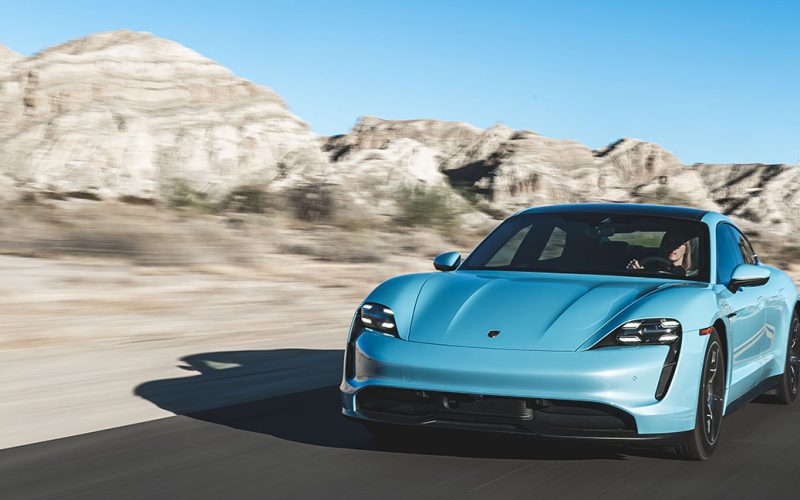
Reading Time: 4 minutesAlthough some automotive brands struggled last year for reasons I shouldn’t need to explain, Porsche’s Taycan
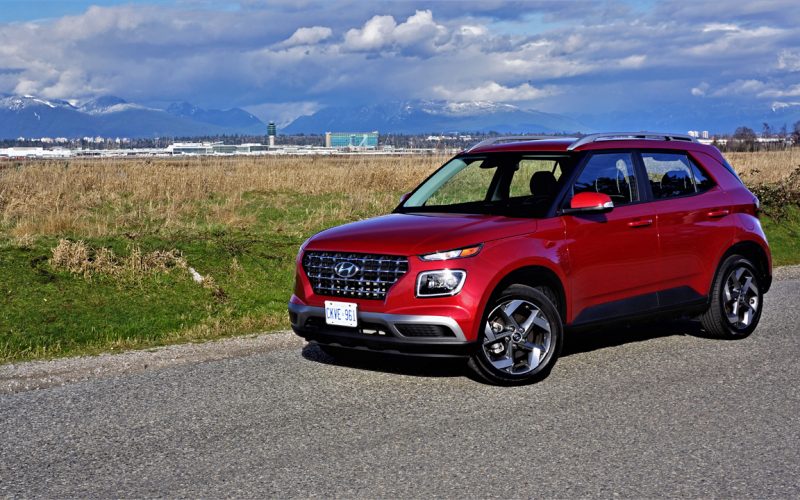
Reading Time: 18 minutesIf you want to know where the future lies in the automotive industry, just look where
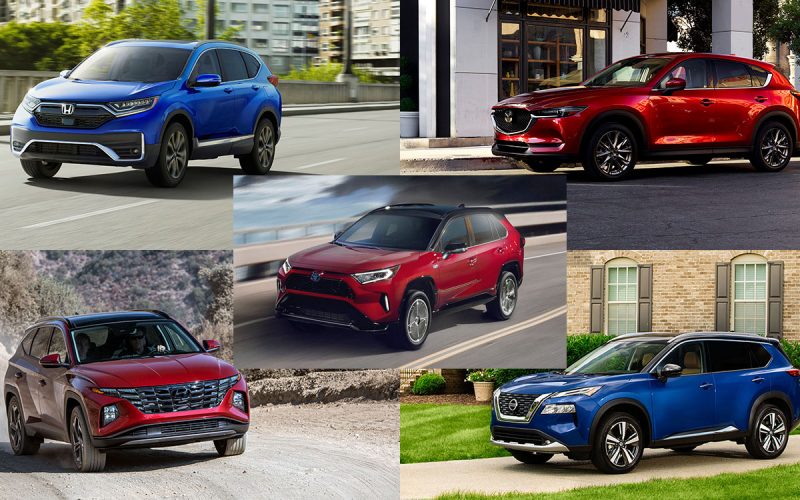
Reading Time: 12 minutesThere’s no hotter segment in today’s car market than the compact crossover SUV. Having started in
© 2025 The Car Magazine. All Rights Reserved, Privacy Policy | Terms of Use